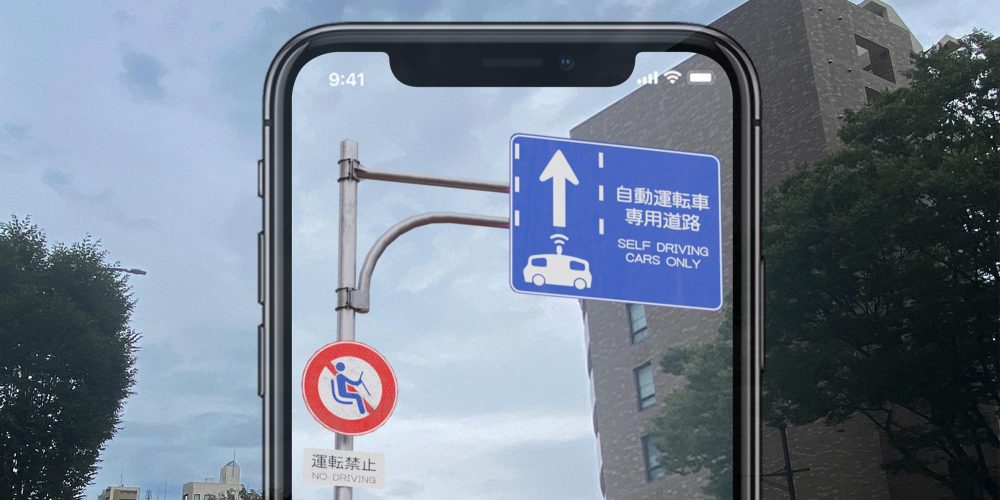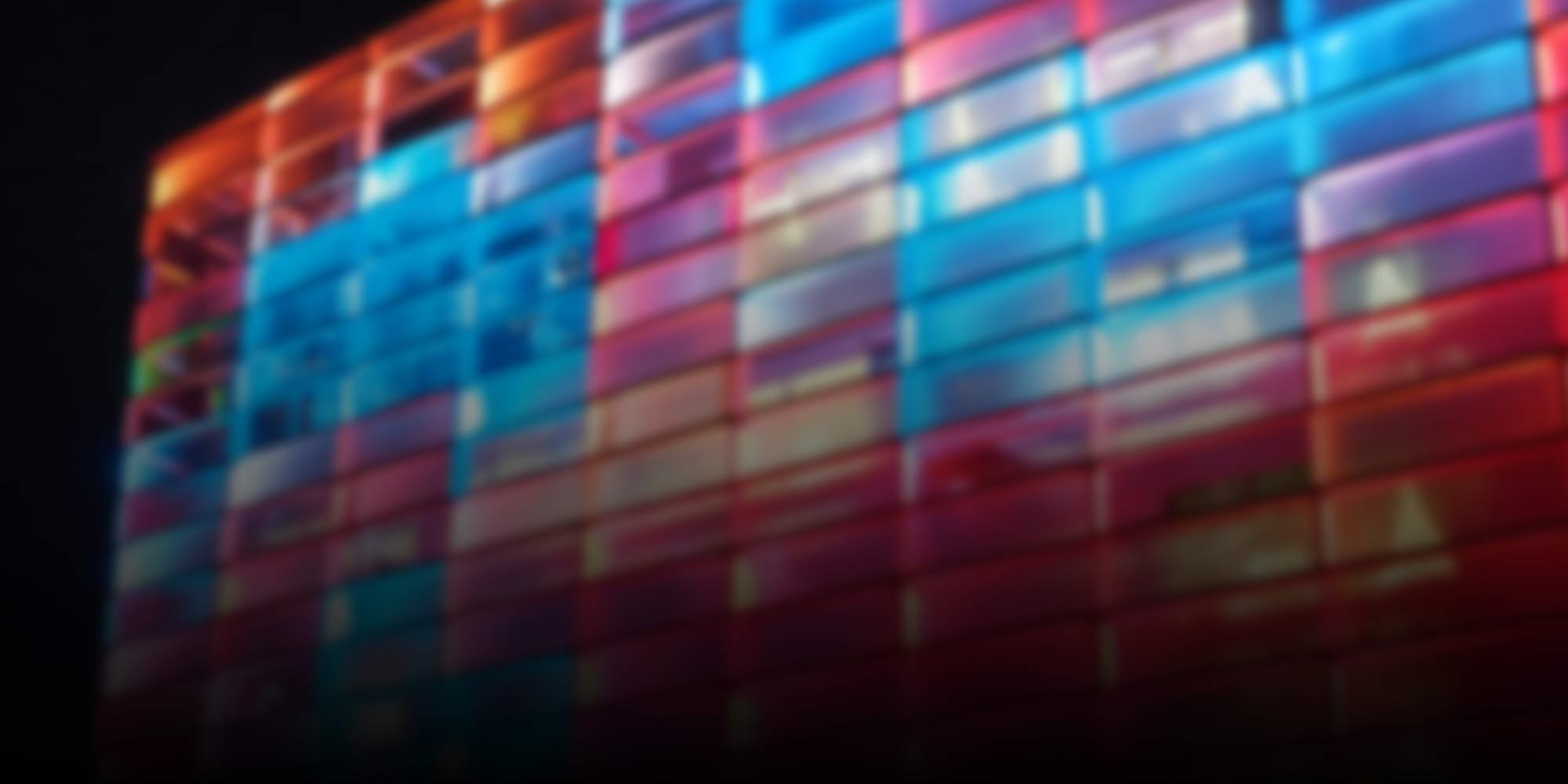
Media Art History
-
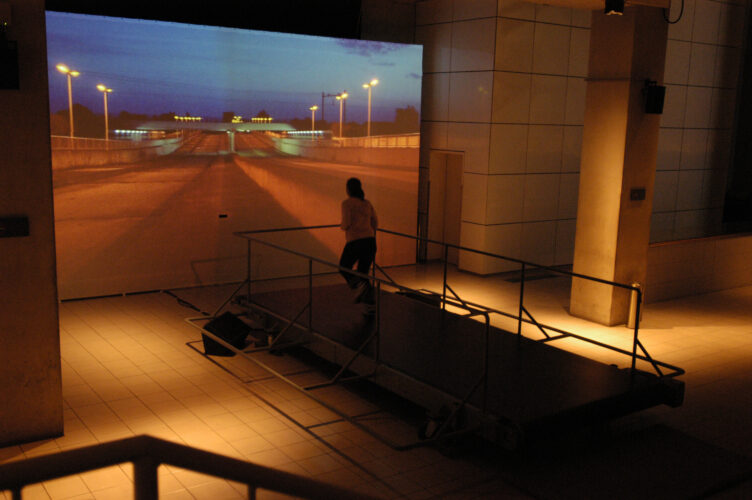
Cutting Edge: Running against the virtual wall
In “Run Motherfucker Run,” the body becomes the controller: those who run experience virtual immersion—those who stop fall. A powerful critique of passive consumption in digital worlds.
-

Cutting Edge: Hands-on drone art
In this issue, Horst Hörtner presents a project that shows how art, technology, and participation can come together: the Klangwolke 2012, in which swarms of drones were used for the first time and thousands of people became part of the production.
-
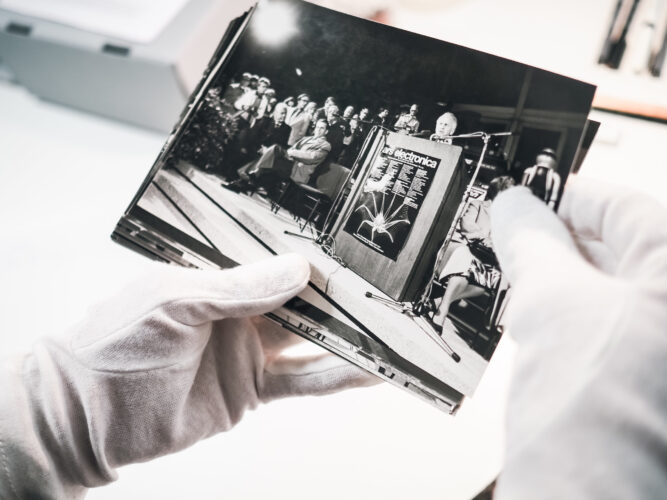
How the Ars Electronica Archive Reflects the Development of Artificial Intelligence
What do an archive of media art and the history of AI have in common? And can these histories perhaps be intertwined in order to gain a better insight into what has fascinated and preoccupied people at different times with the idea of “artificial intelligence”?
-

Immersive Journeys Through Time
Ars Electronica is the future, cultural heritage is the past. Both tell of disruptive interrelationships at the intersection of art, technology and society. In Deep Space 8K, they enter into a unique symbiosis.
-
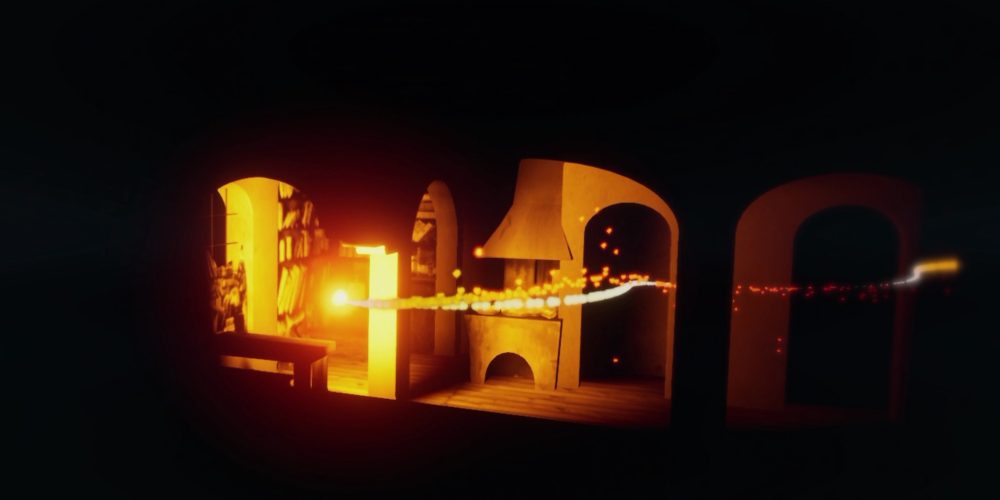
How to build a theater time machine
Elaborate digital reconstruction for an immersive experience: The Ars Electronica Futurelab revived “Faust” from 90 years ago for the Salzburg Festival.
-
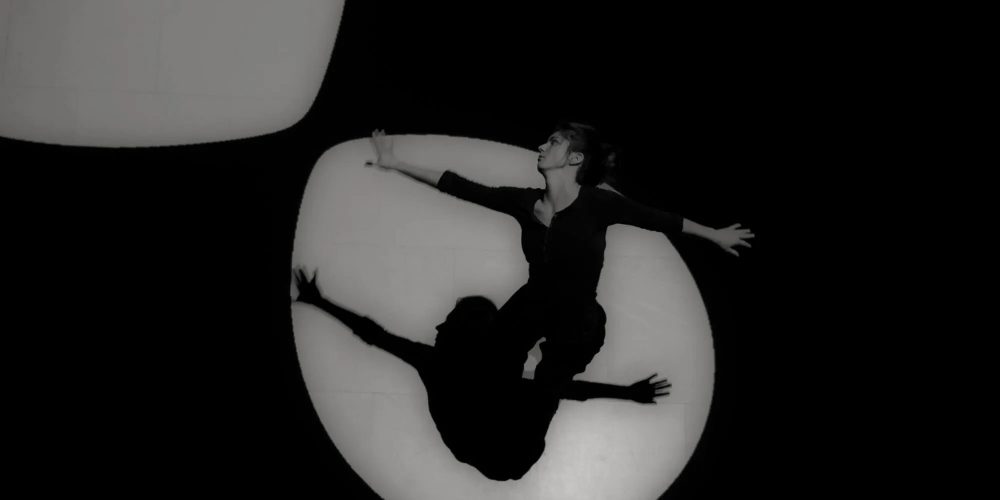
Where art merges with its digital future
The 50th anniversary of the Art University marks five decades of cultural progress in Linz. We talked to Rector Brigitte Hütter about the digitization of art.
-
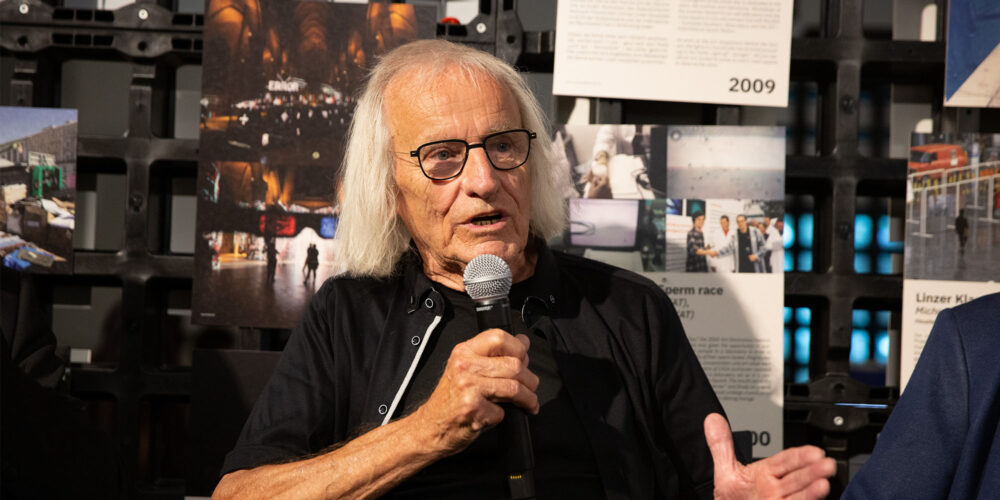
Walter Haupt 1935 – 2023
The inventor of the Klangwolke is dead. An obituary for Walter Haupt, who died in Munich on May 17, 2023 at the age of 88.
-

Ryuichi Sakamoto 1952 – 2023
Ryuichi Sakamoto died March 28 at the age of 71. The Japanese pianist, composer and pioneer of electronic music was the winner of the Prix Ars Electronica in 1997.
-
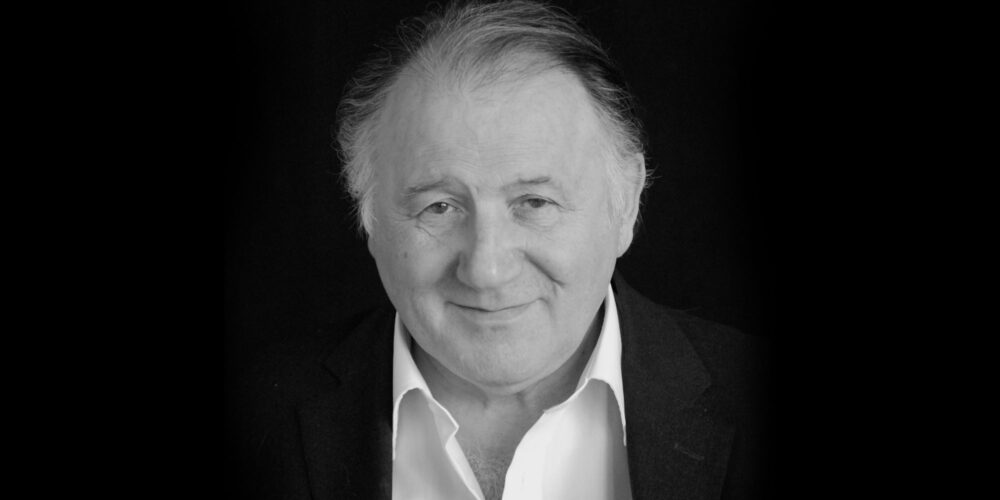
Peter Weibel 1944 – 2023
Artist, curator, theoretician, activist, visionary – Peter Weibel was one of those people who do not fit into any box, but instead switch from one field and metier to another. On March 1, 2023, Peter Weibel passed away in Karlsruhe at the age of 78.
-
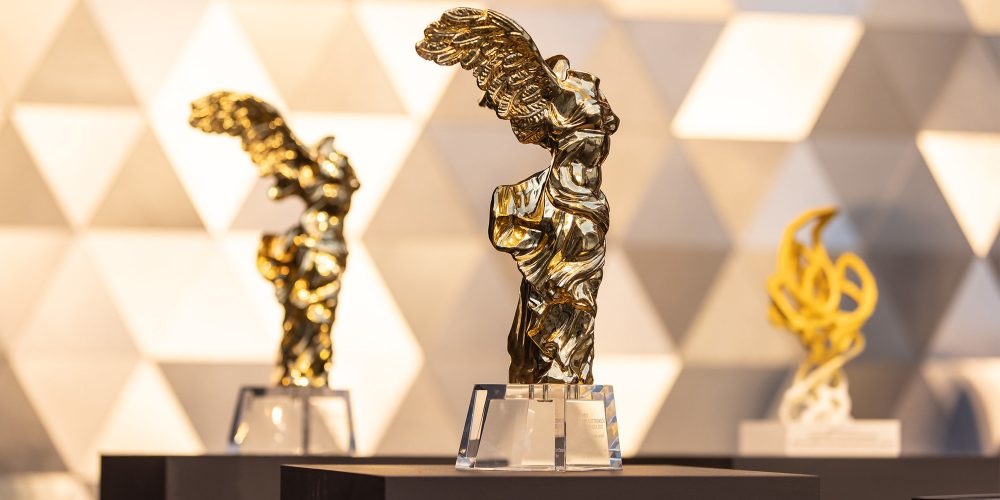
Legacy of the past and visions on the future
A new category, a new prize and a legacy begun in 1987: the Prix Ars Electronica is once again looking for exceptional media art.
-
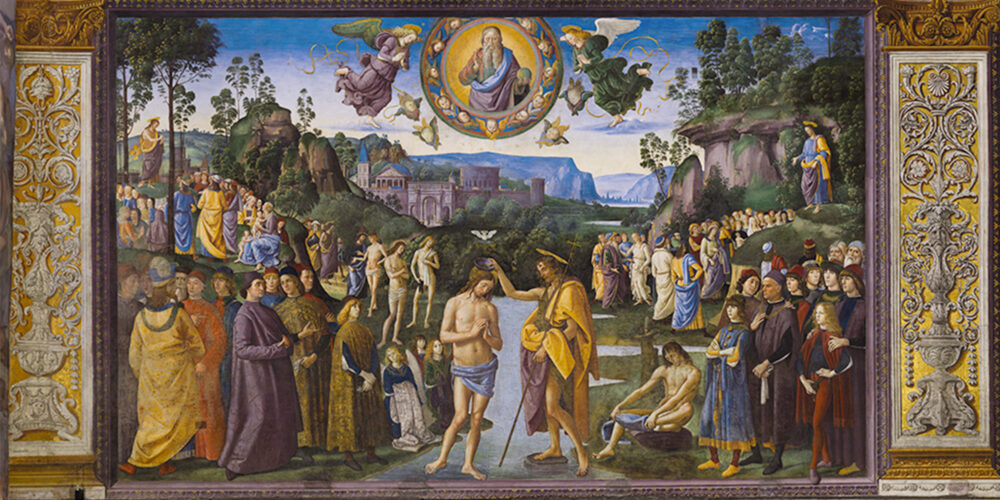
Gigapixel images from the Vatican: when beauty leads to faith
Experience spectacular gigapixel images from the Sistine Chapel of the Vatican Museums in Rome up close in the Deep Space 8K.
-
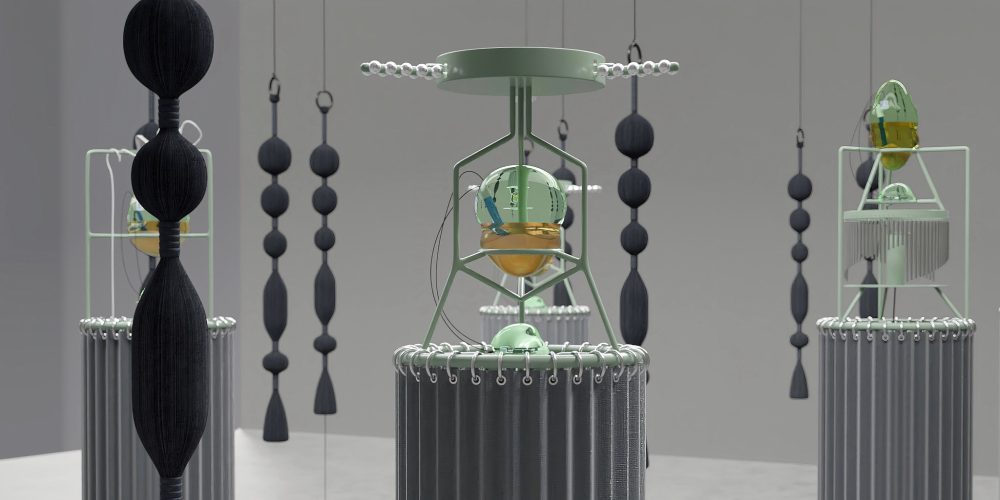
A parallel (r)evolution — Digital Art in Latin America
Contemporary Latin-American Art combined with technology: The CIFO-Ars Electronica Awards offer a new perspective on media art and tackling global challenges.
-

Leonardo’s Mona Lisa in 8K
It is our great pleasure to announce that once again this year, one of the world’s most famous works of art will embellish our Deep Space 8K screen during the Ars Electronica Festival: the Mona Lisa!
-
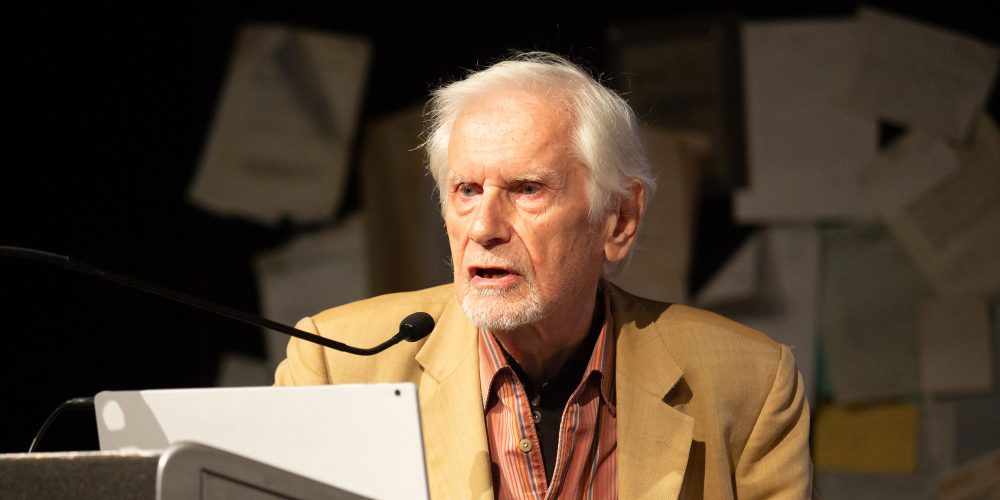
When Herbert W. Franke brought art and science together
With his multiple roles as scientist, author of science fiction novels and specialist for computer graphics, he gave a momentous impulse for many other media art festivals as co-founder of the first Ars Electronica in 1979. Herbert W. Franke passed away at the age of 95 on July 16, 2022.
-

Throwback: Le Sacre du Printemps
In 2006, the Ars Electronica Futurelab collaborated with media artist Klaus Obermaier on a unique production of Igor Stravinsky’s Le Sacre du Printemps.
-
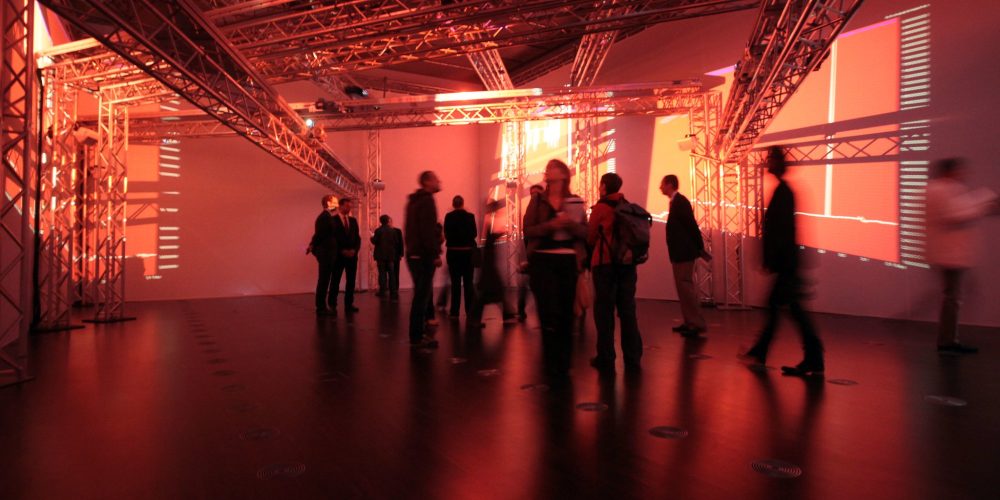
Throwback: Ready to pull the lifeline?
From September 2 to 11, 2010, the Ars Electronica Festival “REPAIR – Ready to pull the lifeline” took place on the grounds of the former tobacco factory in Linz
-

Merlic meets Klimt – the image of women then and now
On April 28, 2022, Gustav Klimt’s images of women will be in the spotlight. In this article, Franz Smola and Rebecca Merlic give you an insight into the topic of images of women.
-
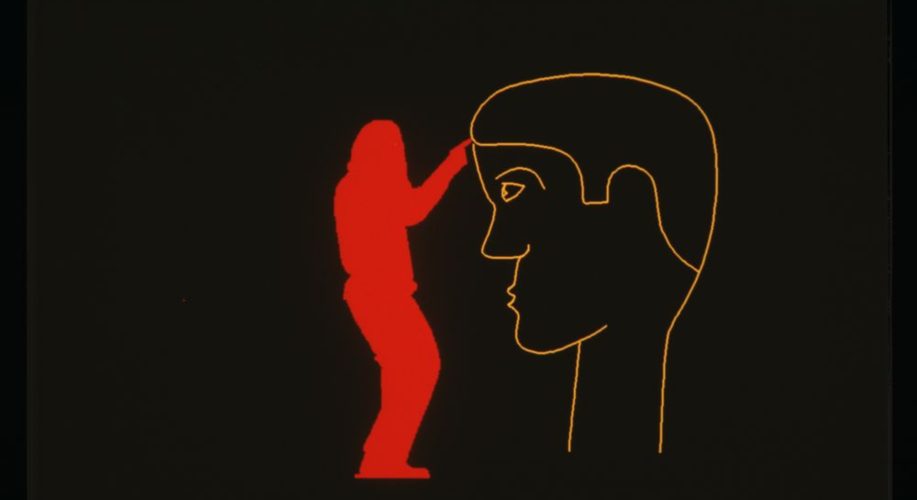
Throwback: Videoplace
In 1990 the time was ripe to take the next evolutionary step in the development of Prix Ars Electronica by adding a new category for “Interactive Art”.
-

Prix Ars Electronica 2022: Here we go again!
The Prix Ars Electronica kicks off the New Year! For the 35th time in a row, the world’s most traditional media art competition is entering the next round.
-
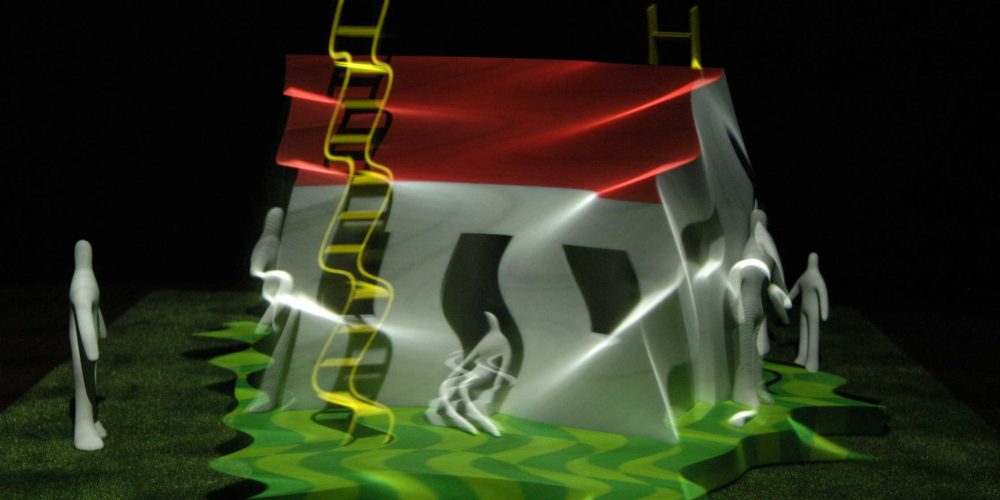
Throwback: Morphovision
The Morphovision image processing system worked with real objects and opened up new possibilities for plastic design.
-
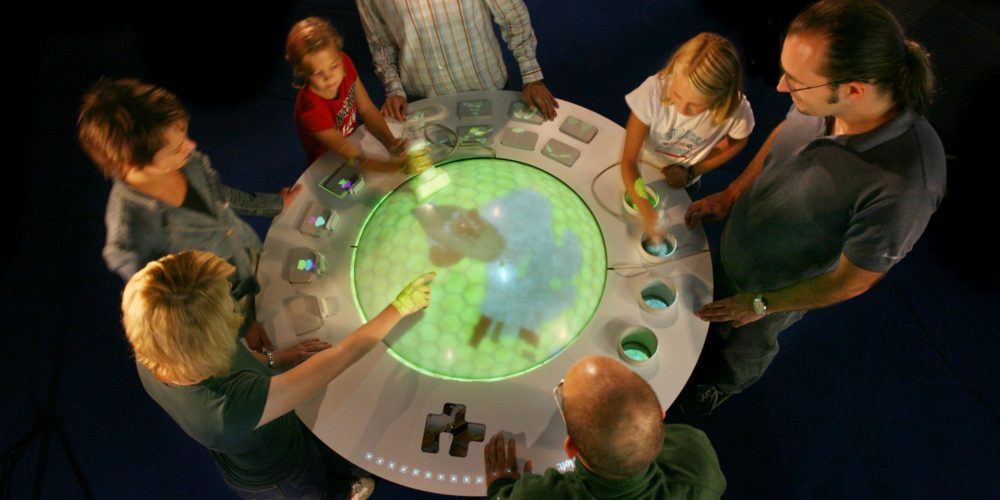
Throwback: Gulliver’s World
Gulliver’s World, the further development of Gulliver’s Box, was a multi-user mixed reality system developed by the Ars Electronica Futurelab.
-
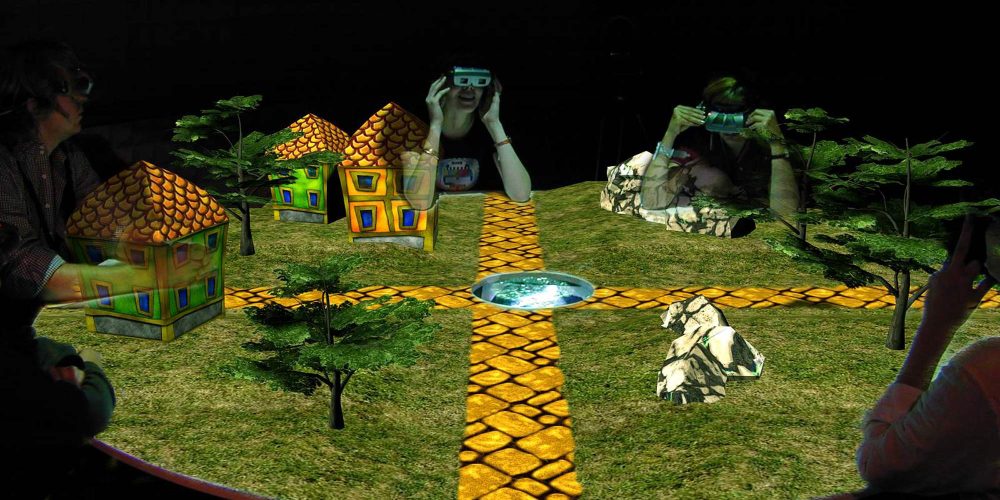
Thowback: Gulliver’s Box
In Gulliver’s Box, the process of creative design, display and perception were brought together in a single environment.
-
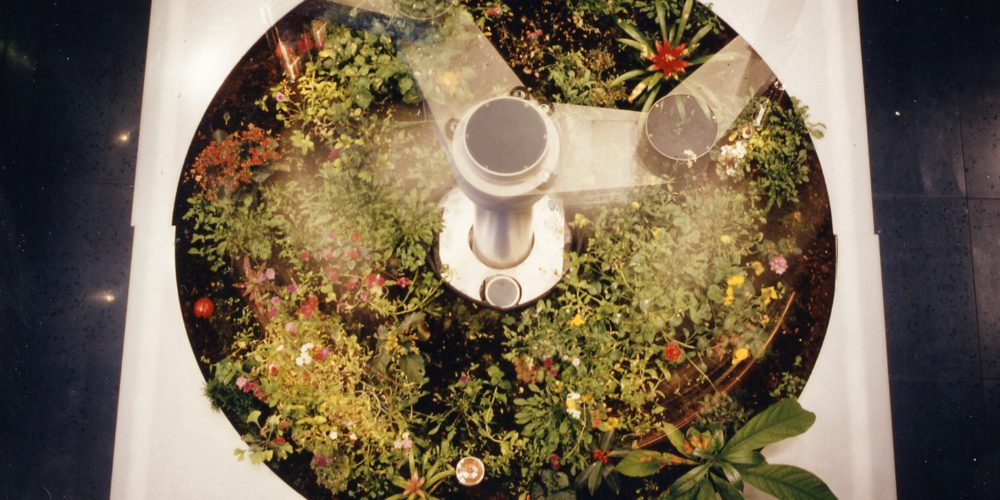
Throwback: Telegarden
The Telegarden was an art installation that allowed web users to plant, water, and monitor the progress of seedlings in a garden from a distance.
-
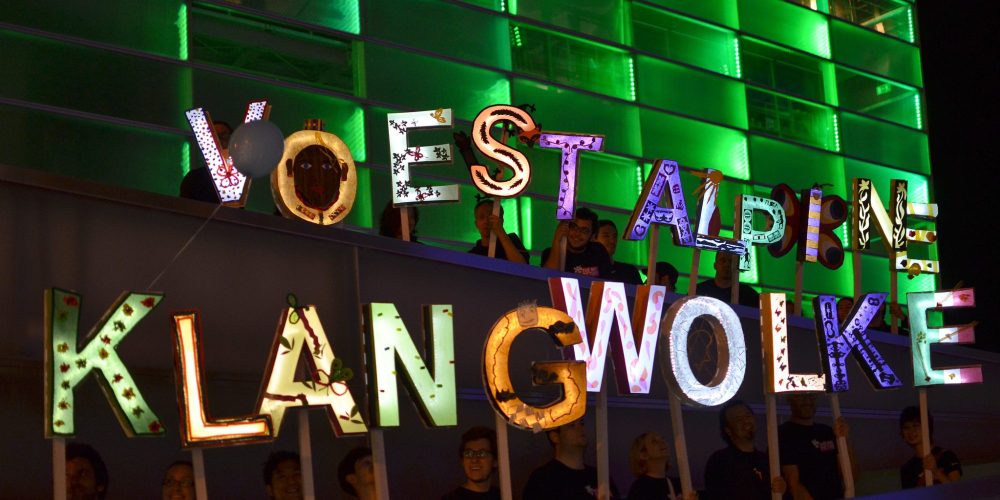
Throwback: The Cloud in the Web
33 years after the very first Linzer Klangwolke in 1979, which marked the beginning of the Ars Electronica Festival, Ars Electronica got the chance to create the 2012 Klangwolke.
-
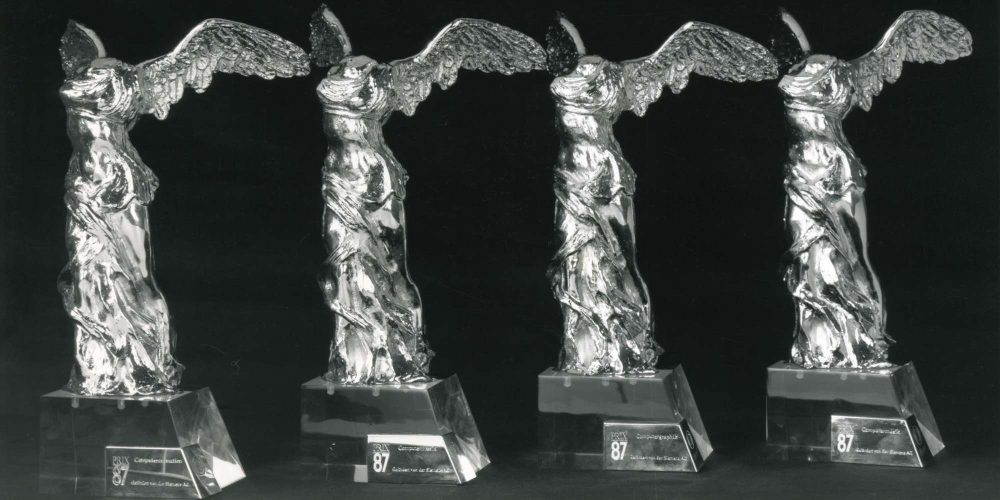
Throwback: Goddess on new paths
What does a Greek goddess of victory have in common with the Prix Ars Electronica? More than you might think!
-
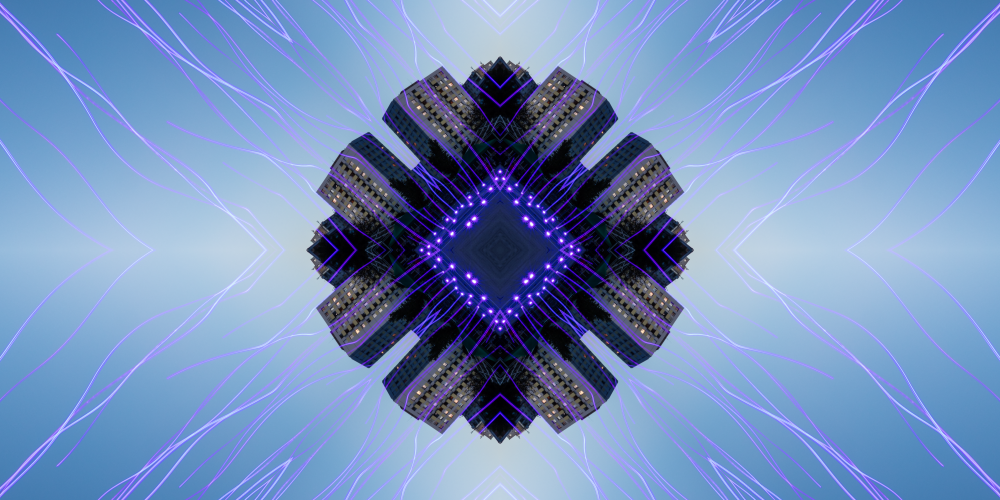
Ars Electronica Futurelab in nine Episodes
Series tip, reading material and online experience for autumn days
-

Prix 2021: “When the Sea sends Forth a Forest” Animation-Film remembers mass murder
There are hardly any pictures from that time. It has been over 40 years since Khmer Rouge supporters in Cambodia tried with full force to impose their ideology in the country, wiping out the lives of millions of people.
